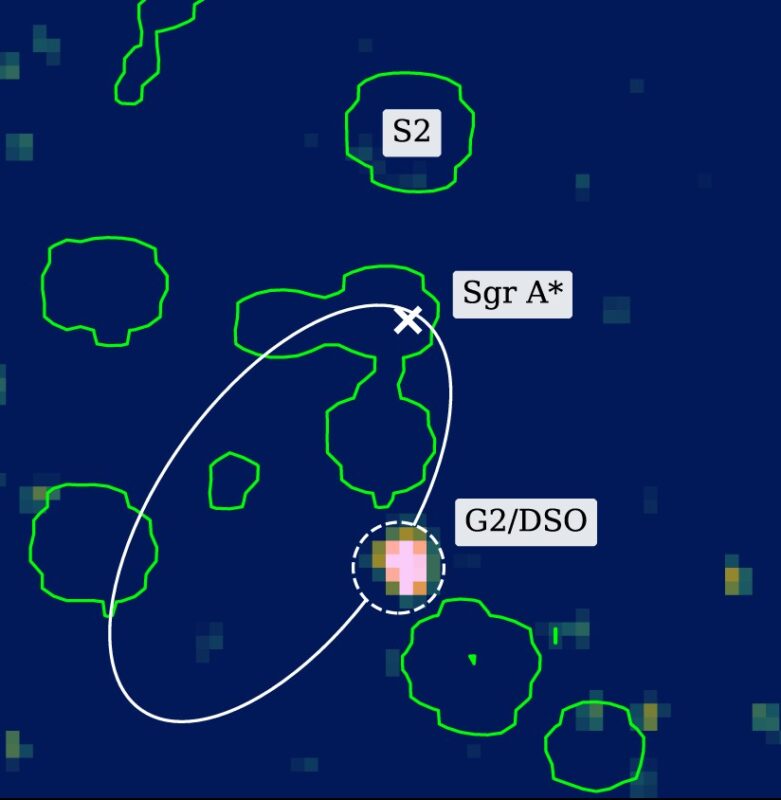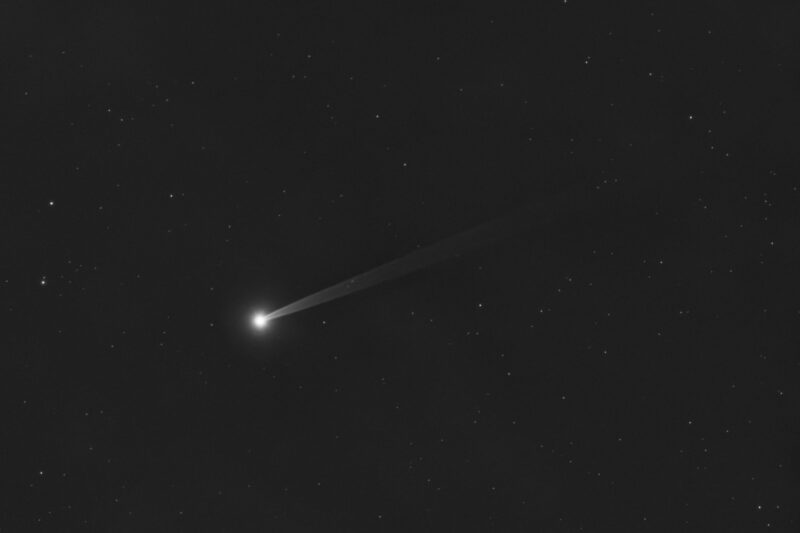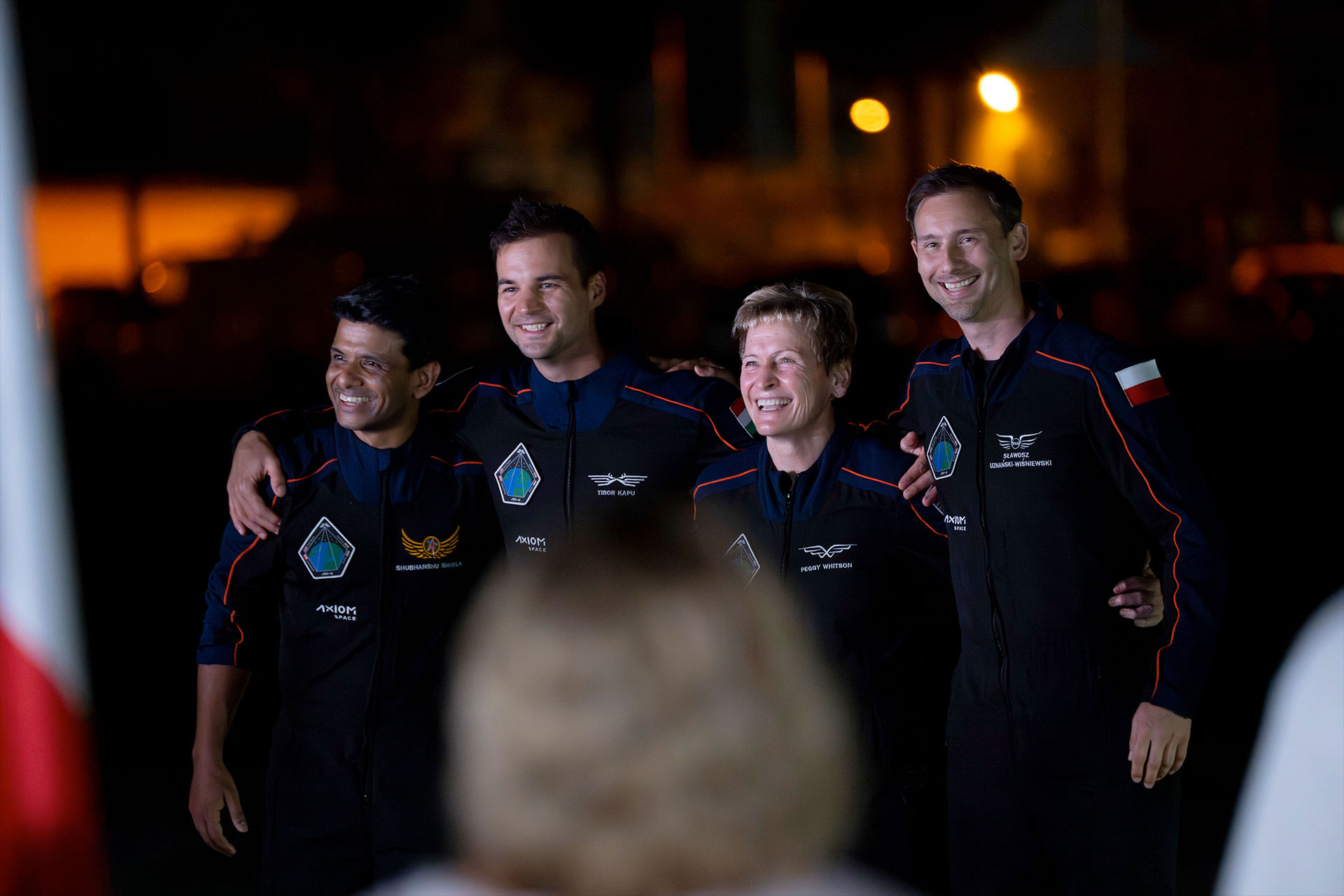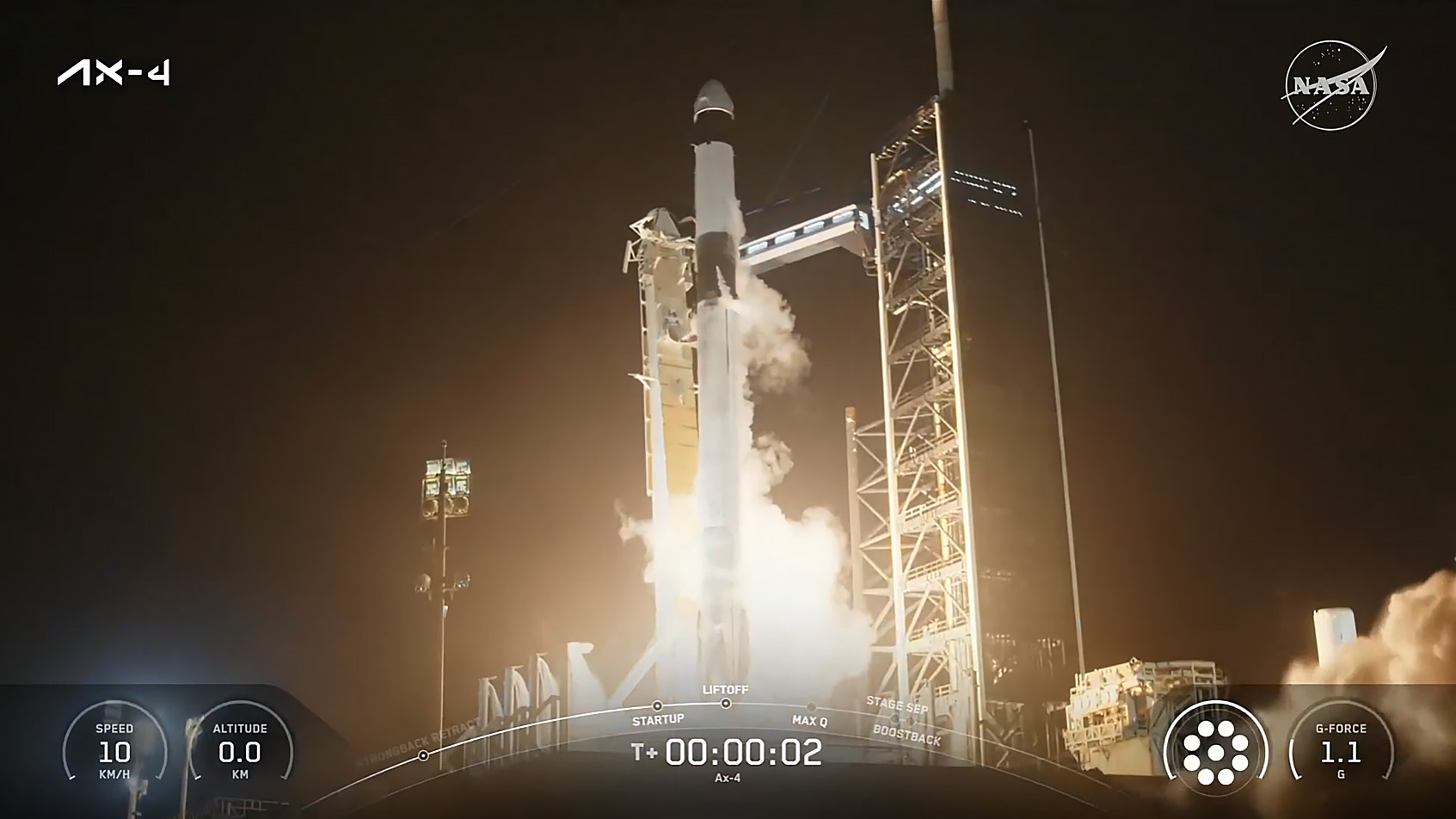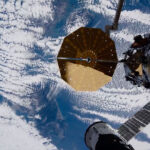Now Reading: Australian bogong moths navigate using starlight, says study
-
01
Australian bogong moths navigate using starlight, says study
Australian bogong moths navigate using starlight, says study
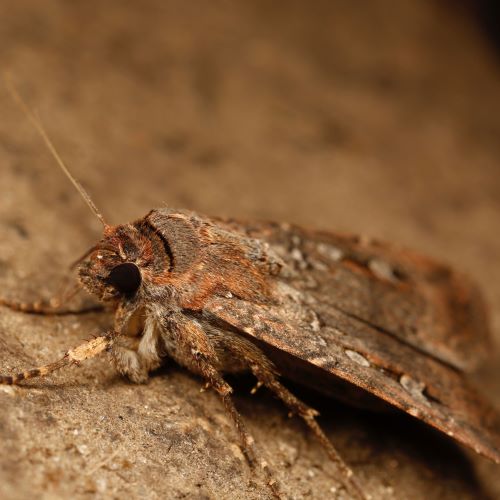
Eric Warrant of Lund University describes the new study about bogong moths. Video via University of South Australia.
- Bogong moths use star patterns, the Milky Way and Earth’s magnetic field to navigate during migration. They are the first-known invertebrates that navigate by starlight.
- Experiments showed the moths maintain direction using star patterns even when Earth’s magnetic field was blocked.
- Specialized brain cells in the moths respond to star orientation, revealing a novel celestial navigation capability.
Bogong moths migrate using stars and the Milky Way
Australia’s migratory bogong moth is a small nocturnal insect that spends the fall and winter in southeastern Australia. In spring, billions of these nondescript moths migrate at night, as far as 600 miles (965 km), to specific caves in the Australian Alps. There, during the hot summer months, large moth colonies stay dormant in the cool, dark caves. How do these moths, scattered over a large region, converge each spring to specific mountain habitats they had never visited before? On June 19, 2025, one team said it’s cracked the case. The bogong moth, it turns out, navigates using star patterns, the Milky Way and Earth’s magnetic field. Notably, it’s the first-known invertebrate to navigate using the stars.
Eric Warrant, of Lund University in Sweden, is a paper co-author. He said:
Until now, we knew that some birds and even humans could use the stars to navigate long distances, but this is the first time scientists have proven it in an insect.
Bogong moths are incredibly precise. They use the stars as a compass to guide them over vast distances, adjusting their bearing based on the season and time of night.
The scientists published their discovery in the peer-reviewed journal Nature on June 18, 2025.

Experiments using a flight simulator
Researchers conducted several types of experiments on captured bogong moths during fall and spring migrations. They used sophisticated flight simulators, where tethered moths could turn in any direction.
They observed some moths under natural night skies – in both clear and cloudy conditions – in a rural location, with a plexiglass dome over the flight simulator.
Others they observed in a lab. There, scientists projected the night sky in the flight simulator. They used images from Stellarium, a planetarium software application that simulates the night sky. From previous studies, scientists knew that bogong moths orient using Earth’s magnetic field. How would the moths react to stars in the absence of a magnetic field? To determine that, the lab studies also conducted experiments using equipment that nulled Earth’s magnetic field.
Results of the experiments
The scientists measured the directions bogong moths tried to fly under different experimental conditions. They found the moths moved in the correct direction under starry skies, even in the absence of Earth’s magnetic field. The moths moved southward in spring and northward in fall.
Moreover, when they rotated the projected starry sky in lab studies by 180 degrees, the moths reversed direction. However, when they displayed a simulation of the night sky with stars in the wrong positions, the moths became disoriented.
Warrant commented:
This proves they are not just flying towards the brightest light or following a simple visual cue. They’re reading specific patterns in the night sky to determine a geographic direction, just like migratory birds do.
There were some cloudy nights during the outdoor experiments that blocked the stars. The moths reacted by orienting themselves in the right direction using Earth’s magnetic field. This showed that bogong moths rely on both a stellar compass and a geomagnetic compass for orientation during migration.
Brain cells that respond to star patterns
The researchers also examined the bogong moth’s brain. They identified specialized neurons that react to the orientation of stars. These cells were located in a region of the brain that controls navigation and steering. Interestingly, when the moths faced southward, the direction of their summer mountain caves, those cells fired more strongly.
Warrant added:
This kind of directional tuning shows that the bogong moth brain encodes celestial information in a surprisingly sophisticated way. It’s a remarkable example of complex navigational ability packed into a tiny insect brain.
Life cycle of bogong moths
Bogong moths (Agrotis infusa) have a one-year life cycle. Each spring, newly emerged moths travel to their summer mountain caves in the Australian Alps, as early as September. There, they spend three to four months in dormancy, mostly clustered in dense colonies in cool caves.

During the austral fall, around April, the moths fan out to breeding grounds across southeastern Australia. There, they lay their eggs and die. Their caterpillars hatch and develop, feeding on plants. Eventually, they pupate and emerge as moths, just in time to migrate to the same caves in the Australian Alps.

Additional takeaways from the bogong moths study
The scientists said this research could have technological implications in robotics and drone navigation. Take the dung beetle, for instance: It rolls dung balls in straight lines, using the Milky Way as a reference point. Co-author Javaan Chahl, a remote sensing engineer at the University of South Australia, was inspired by the dung beetle to develop an AI sensor for robotic navigation under low-light conditions.
Moreover, this new research could help conserve bogong moths. They’re classified as a vulnerable species due to habitat loss and climate change. In the past several years, their population has declined sharply. This study emphasizes the need to protect their habitat and reduce light pollution along their migratory paths.
Warrant noted:
This is not just about a moth, it’s about how animals read the world around them. The night sky has guided human explorers for millennia. Now we know that it guides moths, too.
Bottom line: Australia’s bogong moths navigate using star patterns, the Milky Way and Earth’s magnetic field. It’s the first-known invertebrate to navigate using the stars.
Source: Bogong moths use a stellar compass for long-distance navigation at night
Via University of South Australia
Dung beetles use the Milky Way to navigate at night
The post Australian bogong moths navigate using starlight, says study first appeared on EarthSky.
Stay Informed With the Latest & Most Important News
Previous Post
Next Post
-
 012024 in Review: Highlights from NASA in Silicon Valley
012024 in Review: Highlights from NASA in Silicon Valley -
 02Panasonic Leica Summilux DG 15mm f/1.7 ASPH review
02Panasonic Leica Summilux DG 15mm f/1.7 ASPH review -
 03How New NASA, India Earth Satellite NISAR Will See Earth
03How New NASA, India Earth Satellite NISAR Will See Earth -
 04And Thus Begins A New Year For Life On Earth
04And Thus Begins A New Year For Life On Earth -
 05Astronomy Activation Ambassadors: A New Era
05Astronomy Activation Ambassadors: A New Era -
06SpaceX launch surge helps set new global launch record in 2024
-
 07From Polymerization-Enabled Folding and Assembly to Chemical Evolution: Key Processes for Emergence of Functional Polymers in the Origin of Life
07From Polymerization-Enabled Folding and Assembly to Chemical Evolution: Key Processes for Emergence of Functional Polymers in the Origin of Life













